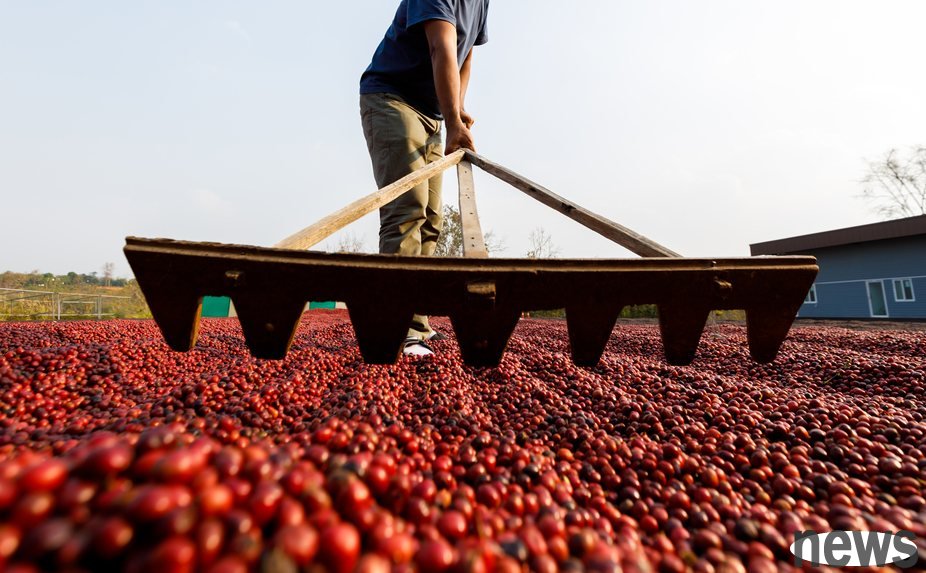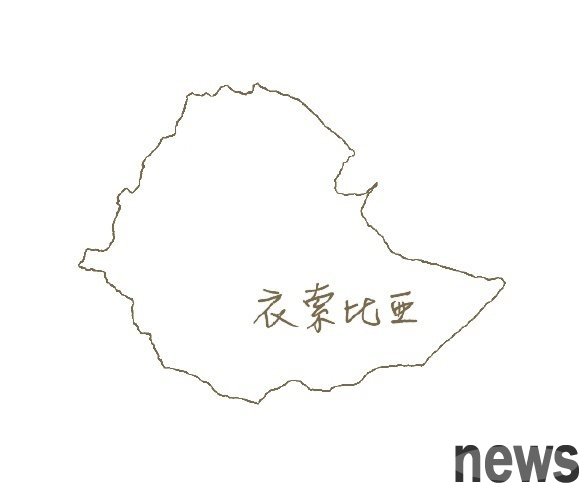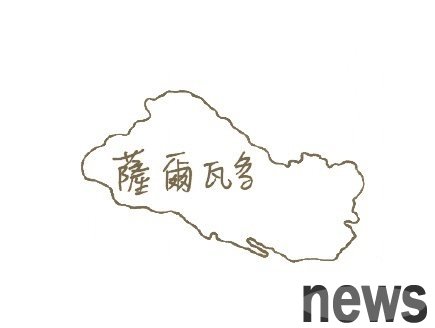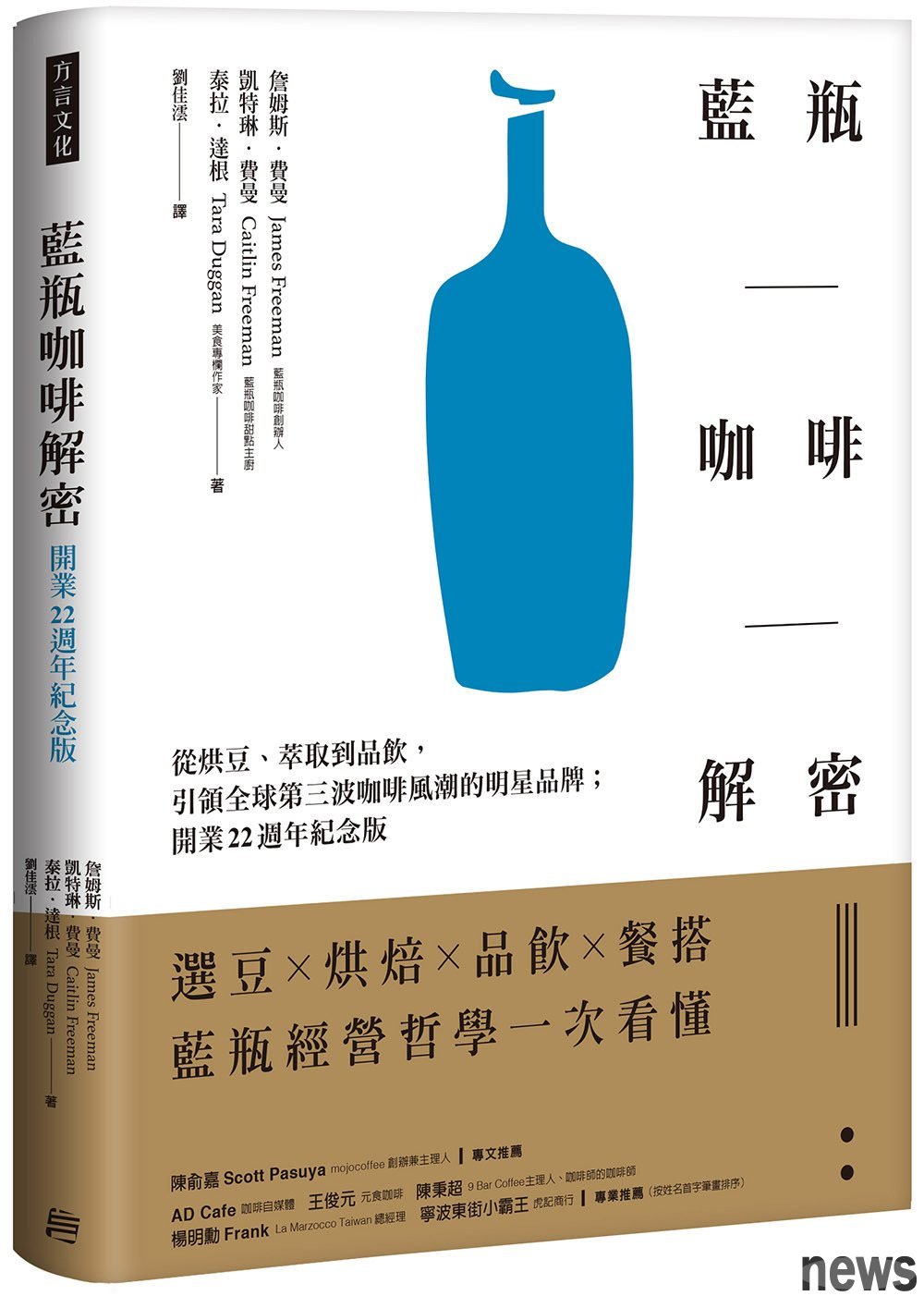
Although I try to avoid discussing coffee in general, I still let us understand the overall wheel profile briefly. Coffee beans from specific origins are sought after because they each have certain characteristics. Below, please focus on the three major coffee areas that I love the most.

Ethiopia is the source of coffee. The coffee bean in English is probably from the Ethiopian bun, which means coffee; another commonly used refers to the coffee word Kaffa, which refers to the native area of Arabica beans. Ethiopia ranks sixth in the coffee industry. Some Ethiopian coffees are named after their origins, such as the Yirgacheffe of Sidamo, whose unique floral aroma comes from its varieties, vernacular conditions and traditional wettling treatments. In addition, there is Harrar, which is dry-treated, usually with a unique, bright fruit flavor.
Because it is the origin of coffee, Ethiopia has more native coffee products; the varieties planted in other countries were all smuggled out of Ethiopia or nearby countries that year; the local varieties in Ethiopia are as high as more than a thousand! Also due to the wide variety, Ethiopia can always bring out wonderful new coffee beans for people to eat. Some beans we have never drunk, and after drinking them, they will be incredibly exciting.
The coffee market in Ethiopia has also grown rapidly. About half of the coffee they grow provides local consumption. Such a large domestic demand market has established the economic life of Ethiopia's coffee industry. As more and more Ethiopians drink local coffee, coffee farms throughout the country also benefit from it. At the same time, various coffee varieties began to be sold from major industrial areas in Ethiopia, with some excellent quality and some more ordinary. Because of this, compared to the early days, it is now impossible to classify "area" as a coffee-style coffee-style standard. Large organic coffee cooperatives offer so many different coffee beans. If you want to buy beans that meet the blue bottle standards, the only way is to constantly cup or taste evaluation of the beans. Many of the products of blue-bottle coffee come from the Jegaschefi area, some are treated by sun exposure; some are washed. I like well-washed beans. They have elegant flavors, radiances of floral fragrance, and are thick and sweet, reminiscent of the Italian sweet white wine (Moscato d’Asti). More importantly, Ethiopia's organic certification products and basic facilities for processing coffee beans are among the top in coffee production.
Cup testing characteristics of Ethiopian coffee: Many areas in Ethiopia use sun exposure, which makes local coffee beans have a classic blueberry flavor, whether when smelling or cupping. Although washing can produce jasmine fragrance, fruity flavor, and baking spices, the flavor of washing beans is more difficult to understand and it is easier to sniff some other flavors during the baking process.
Species: Ethiopia has a wide range of coffee varieties and has its own number system. All coffee products are expressed in numbers, unlike other countries that are divided into different names. However, even if the burlap bag of Ethiopian coffee beans is marked in a single area, there may be several kinds of beans mixed in it.
Somatic tasteSomatic taste is like a drought between coffee operators and consumers. When guests hear or say these two words, most of the things they think of in their brains are nasal and unsuitable. But in fact, the taste they think is more accustomed to the bad coffee, the beans are left for too long, or the poor quality of raw beans are roasted roughly, and the odor produced by the added reason is not a sour taste.
When we mention sour taste to our guests, we will deliberately use adjectives such as bright, lively, and fresh, to illustrate the smell of lemons, berries, vinegar, or other "lively" foods that will appear in the coffee flavor. Coffee professionals usually prefer sour tastes more than most consumers, so when purchasing coffee beans, businessmen will also avoid making sour tastes the primary consideration.
{twenty three} {twenty four}
BrazilBrazil is the world's largest coffee producer and the main supplier of canned coffee ingredients; the early slurry coffee formula was made from practical Brazilian beans. However, during our trip to Brazil to buy beans, we saw a new generation of Brazilian coffee farms (second or third generation of the family) that have begun to learn coffee roasting technologies and services in Europe and the United States. They always work hard to cup and produce higher quality beans, thereby creating a vibrant and unique single bean, rather than just the approachable base in the coffee formula beans.
The cultivation of Brazilian coffee began in the 18th century; commercial cultivation started with the 19th century Sao Paulo. In the early days, coffee plants relied on slave labor. After the slave system was officially banned, it was replaced by migrant workers, but it was almost like slaves. Commercial coffee planting has led to large-scale deforestation, and has also caused Brazil to almost cut off the entire coffee market. In the early twentieth century, 80% of the world's coffee production came from Brazil, and then it fell all the way, falling to about 30% of the remaining coffee. But coffee still has a deep impact in the process of industrialization in Brazil.
The flavor and characteristics of Brazilian coffee beans are largely related to the treatment process. They use the local unique peeling and sunburning method.. Due to large-scale production, suitable climate and lack of cloaking, most early Brazilian coffees were sun-drying (this method is still maintained in many places). Cooked coffee began to become popular in Italy after the Second World War. At that time, the coffee that countries around the world could obtain was inferior sun-dried Brazilian beans, and North Africa's Robusta, which tasted rubbery. Since peeling and sun exposure can create a clearer mellow feeling and reduce sourness, add sweetness and fineness, this treatment method is gradually affected by green color. In the 1980s, with the promotion of large companies such as Illy, more and more Brazilian coffee gardens began to use peeling and sunburn to obtain a more stable quality suitable for extracting and concentrated coffee.
In 1999, the Cup of Excellence was unveiled in Brazil, bringing a trend of pursuing high-quality coffee. Over the past decade, the Excellence Cup Award has won coffee farms dedicated to cup testing and further divided top-grade fine coffee beans into trace batches to get the best price. However, the coffee shop culture in Brazil is still in the pioneering stage of careful business, and most of the high-quality coffee beans are still used for export and only a small amount can be sold in the country. At the same time, Brazil even bans the import of coffee beans from other countries. How this situation will affect the development of Brazil's Gaojia Cafe is still to be seen. In addition, there are few organic certifications for Brazilian coffee at present, so blue bottles tend to do business with long-term cooperation and trustworthy Brazilian small farms.
Cup testing characteristics of Brazilian coffee: Most of the coffee trees in Brazil grow at an altitude of 550∼ 1,200 meters, the beans have a soft and peaceful flavor, and the sun-drying method and peeling and sun-drying method further enhance this characteristic. Brazilian coffee is celebrating, round and gentle, with a sweet taste, like honey and sugar. It does not have too much fruit tuning and rarely has sharp smells, which is quite comforting.
Species: In addition to classics such as Bourbon and Icatu, Brazilian coffee mixed-blood products include Icatu with low acid rain chocolate flavor, Mundo Novo with sweet and high yields, and Catuai with bright flavor.
Sumetta legendis circulated by the trend of Baipi coffee. Many people who drink coffee like the taste of Indonesian Sumena coffee with wooden heads and peat, especially in Northern California, which is the most obvious. In the early days of the blue bottle coffee grass, I decided not to supply single beans that Sumen's answer (because other products would not be sold). Instead, we like to use Sumenda coffee beans as the base of formula beans. They taste clean and deep like cello sounds, bringing depth to the blue bottle of thickened coffee and hand-filled formula beans. However, we have been baking Toraja single beans in the past few years. Sulawesi, near Sumenda, is a water-washing method that is bright and layered, surpassing precision calibration formula beans. After all, the flavor of this bean is very worthy of taste.

Salvador coffee planting has a history of bloody rain. At the end of the 19th century, foreigners took away the planted land from the hands of the locals. 1980 ∼ In 1992, an internal war broke out in Salvador, and part of the cause was that the garden workers were severely damaged. Although the war was a big loss, some people believe that it was precisely because the internal war lasted for a full twelve years that the coffee garden had no chance to modernize, so they had to continue to grow old varieties, which allowed more ancient coffee to be preserved.
Salvador's good coffee always makes me feel repeated. One of the reasons is that it has a thick and solid taste, but it does not conceal its complex flavor. It is thick and full of vitality, which makes me very fond of.
Like most coffee planting areas, most of the coffee gardens in Salvador are located in low-altitude areas and specialize in producing commercial coffee. However, there are still some very good cafés in the high altitude of Salvador, specializing in producing coffee beans of Bourbon and Pacas. In addition, the deep-water port of Acajutla near the Pacific coast has very convenient transportation and excellent climate conditions. Together these factors have led to several of my favorite coffees.
Salvador coffee cup testing characteristics: Salvador's high-quality coffee is complex and complex, with a sweet taste, thick and smooth texture. The blue bottle coffee is fortunate to get a small amount of precious coffee from El Majahuaal, in the Los Naranjos area of Salvador. The garden run by Batre. Her beans have a red candy flavor, sometimes with plums, cream and toffee flavors, which are fragrant and fragrant and have a long aftertaste. During suitable season visits, you can usually purchase more than four different mahaviar beans with different treatment procedures, including washing, sun exposure, peeling and sun exposure, and one is a moisture-relieving method, which Aida calls "Sumalvador".
Species: The main varieties planted in Salvador include Bourbon, Iron Bika and Pacacas. Pacacas is a Bourbon variety, with a bright floral scent and a rich and mellow texture.
※ This article is excerpted from "Decryption of Blue Bottle Coffee: Star Brands that Lead the Third Wave of Coffee in the World" from Roasted Beans and Extracted to Food and Drinks.

"Blue Bottle Coffee Decryption: A Star Brand that Leads the Third Wave of Coffee in the World"
Author: James. Ferman, Kettering. Ferman, Terra. Dagen
Translator: Liu Jiayan
Publisher: Dialect Culture
Publication Date: 2024/01/26
Responsible Editor: Gu Zihuan